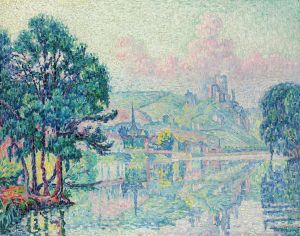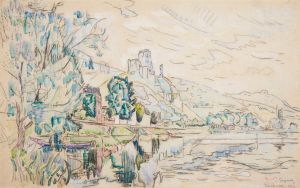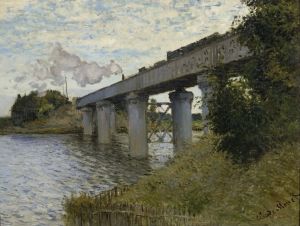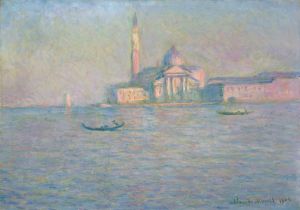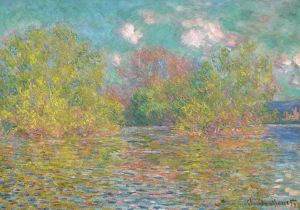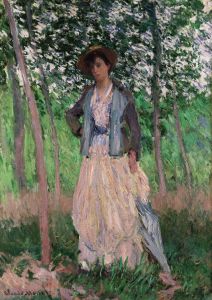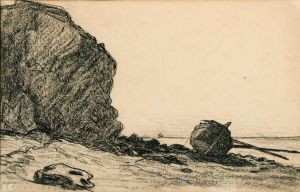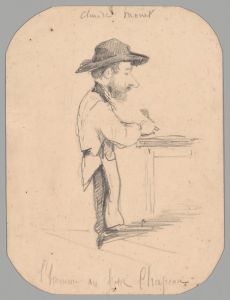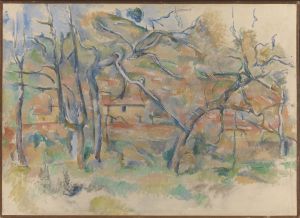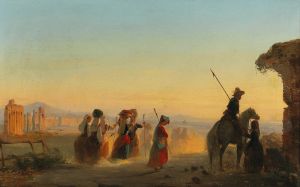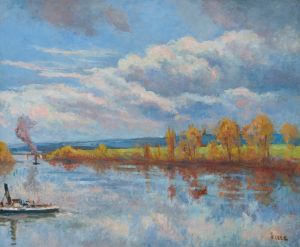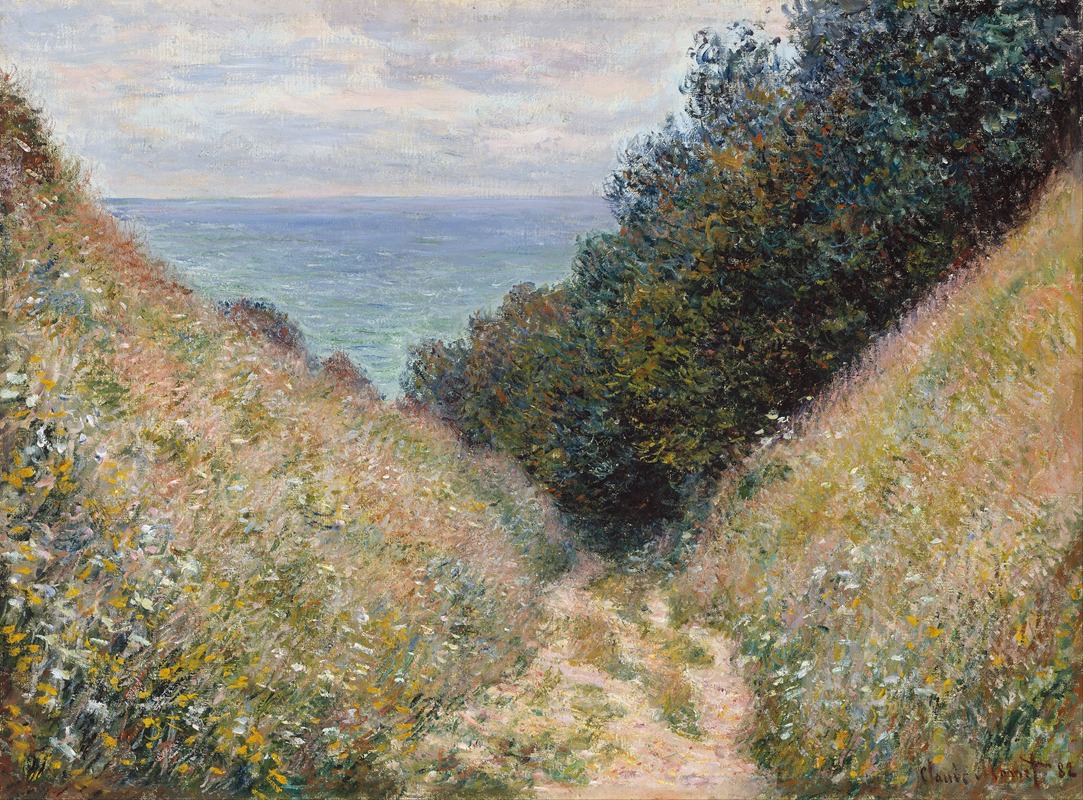
Road at La Cavée, Pourville
A hand-painted replica of Claude Monet’s masterpiece Road at La Cavée, Pourville, meticulously crafted by professional artists to capture the true essence of the original. Each piece is created with museum-quality canvas and rare mineral pigments, carefully painted by experienced artists with delicate brushstrokes and rich, layered colors to perfectly recreate the texture of the original artwork. Unlike machine-printed reproductions, this hand-painted version brings the painting to life, infused with the artist’s emotions and skill in every stroke. Whether for personal collection or home decoration, it instantly elevates the artistic atmosphere of any space.
"Road at La Cavée, Pourville" is an oil painting created by the renowned French Impressionist artist Claude Monet in 1882. This artwork is part of Monet's extensive exploration of the Normandy coast, where he captured the changing effects of light and atmosphere on the landscape. Monet, a leading figure in the Impressionist movement, was known for his innovative approach to capturing the transient effects of light and color in his paintings.
The painting depicts a rural scene in Pourville-sur-Mer, a small coastal village near Dieppe in the Normandy region of France. Pourville was one of Monet's favored locations, and he visited the area several times during the early 1880s. The village and its surrounding landscapes provided Monet with a rich variety of subjects, from the dramatic cliffs and beaches to the more tranquil rural roads and fields.
In "Road at La Cavée, Pourville," Monet captures a winding country road bordered by lush greenery and trees. The composition is characterized by its dynamic perspective, leading the viewer's eye through the scene along the curving path. Monet's brushwork is loose and expressive, a hallmark of his Impressionist style, which emphasizes the play of light and shadow across the landscape. The painting is imbued with a sense of movement and vitality, as the dappled sunlight filters through the foliage, creating a vibrant interplay of colors.
Monet's use of color in this painting is particularly noteworthy. He employs a palette of greens, blues, and earth tones to convey the natural beauty of the scene. The sky is rendered in soft blues and whites, suggesting a clear day with scattered clouds. The road itself is painted in warm, earthy tones, contrasting with the cooler hues of the surrounding vegetation. This contrast enhances the depth and realism of the scene, drawing the viewer into the tranquil rural setting.
"Road at La Cavée, Pourville" exemplifies Monet's ability to capture the essence of a moment in time, a key characteristic of the Impressionist movement. His focus on the effects of natural light and his innovative use of color and brushwork were revolutionary at the time and have had a lasting impact on the development of modern art.
Monet's work during this period reflects his deep connection to the natural world and his desire to convey the beauty and complexity of the landscapes he encountered. His paintings from Pourville, including "Road at La Cavée, Pourville," are celebrated for their ability to evoke the sensory experience of being in the landscape, inviting viewers to appreciate the subtle nuances of light and color that define the natural environment.
Today, "Road at La Cavée, Pourville" is held in high regard as an example of Monet's mastery of landscape painting and his contribution to the Impressionist movement. The painting is part of the collection at the Art Gallery of Ontario in Toronto, Canada, where it continues to be admired by art enthusiasts and scholars alike. Monet's work remains influential, inspiring generations of artists to explore new ways of seeing and representing the world around them.





